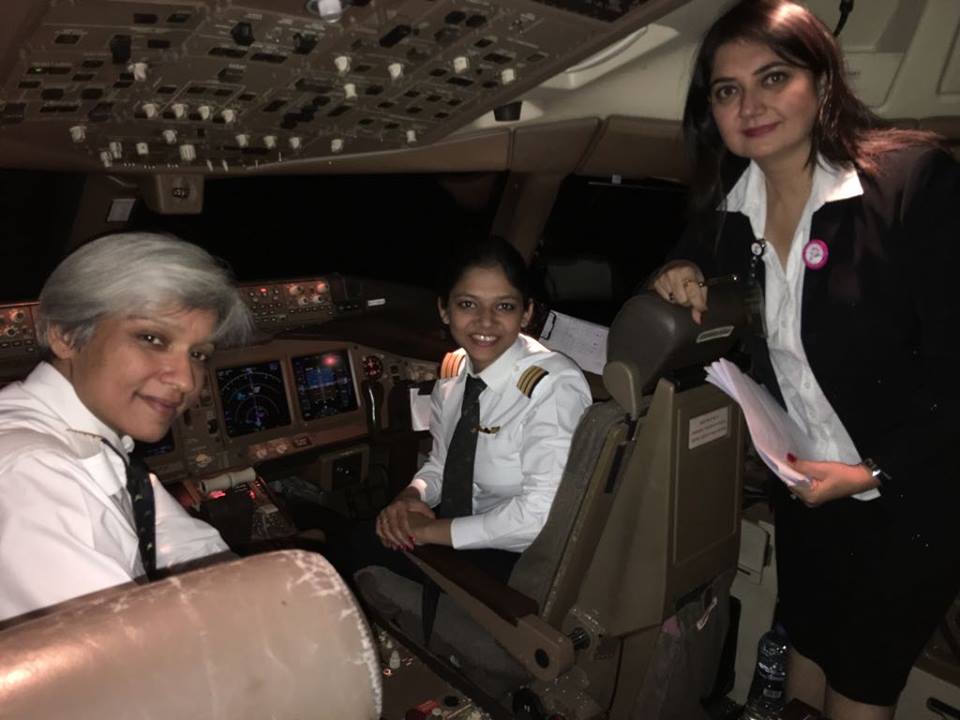India has the highest proportion of female pilots in the world at 12 percent, despite the country’s patriarchal society, which typically frowns on wom
India has the highest proportion of female pilots in the world at 12 percent, despite the country’s patriarchal society, which typically frowns on women in such jobs. India is the world’s fastest-growing aviation market, with domestic capacity growing 22 percent in the first half of the year, so airlines there are under particular pressure.
When Shweta Singh wanted to become a pilot in India 20 years ago, she had to first persuade her parents to let her pick an uncommon profession for women, then deal with unwelcoming male colleagues in the cockpit. Today, she says, it would be a much easier career to embrace. More Indian women want to become pilots, and more benefits await them: union-mandated equal pay, a safe workplace, day care services and a booming aviation sector.
“It was difficult,” Singh said, recalling her early days of being a pilot. “It was a male-dominated area and not easy to break into.”
But society is changing, said Singh, a senior trainer at Jet Airways Ltd on temporary assignment to India’s aviation regulator as deputy chief flight operations inspector. The percentage of female pilots in India is twice as high as in most Western countries, including the United States and Australia. Globally, less than 5 percent of pilots are women, according to the International Society of Women Airline Pilots.
About 13 percent of the pilots at IndiGo, operated by InterGlobe Aviation Ltd, are women, up from 10 percent five years ago, the company said. Some of IndiGo’s 330 female pilots are also managers. The company provides day care and says it offers pregnant women office duties and an allowance equivalent to what they would have earned flying, helping them constructively stay engaged with the profession. At SpiceJet Ltd, 12 percent of pilots are women, including some department heads, and there is a mandate to grow that to 33 percent in the next three years, chairman Ajay Singh said this year at the Farnborough Airshow in Britain. The company also gives women a fixed monthly flying schedule.
Because everyday safety can be a concern for women in India, airlines offer a pick-up and drop-off service from 6 p.m. to 6 a.m. Women are accompanied by an armed guard, a practice introduced after a horrific rape in New Delhi in 2012.
“It is the safest job. Women are more protected here than in any other place,” Singh said.
There are signs that the number of female pilots in India will keep rising. At the Bombay Flying Club, which has courses for commercial pilots, the number of women in the classroom has grown to about 25 percent from less than 10 percent five years ago, according to the institute’s principal and chief instructor, C. Kumar.
“The society is changing and there is more acceptance about working in the aviation sector,” Kumar said.
Demand for pilots globally is surging. Plane maker, Boeing estimates a need for 790,000 new pilots globally over the next 20 years, double the current workforce, as air travel rises.
